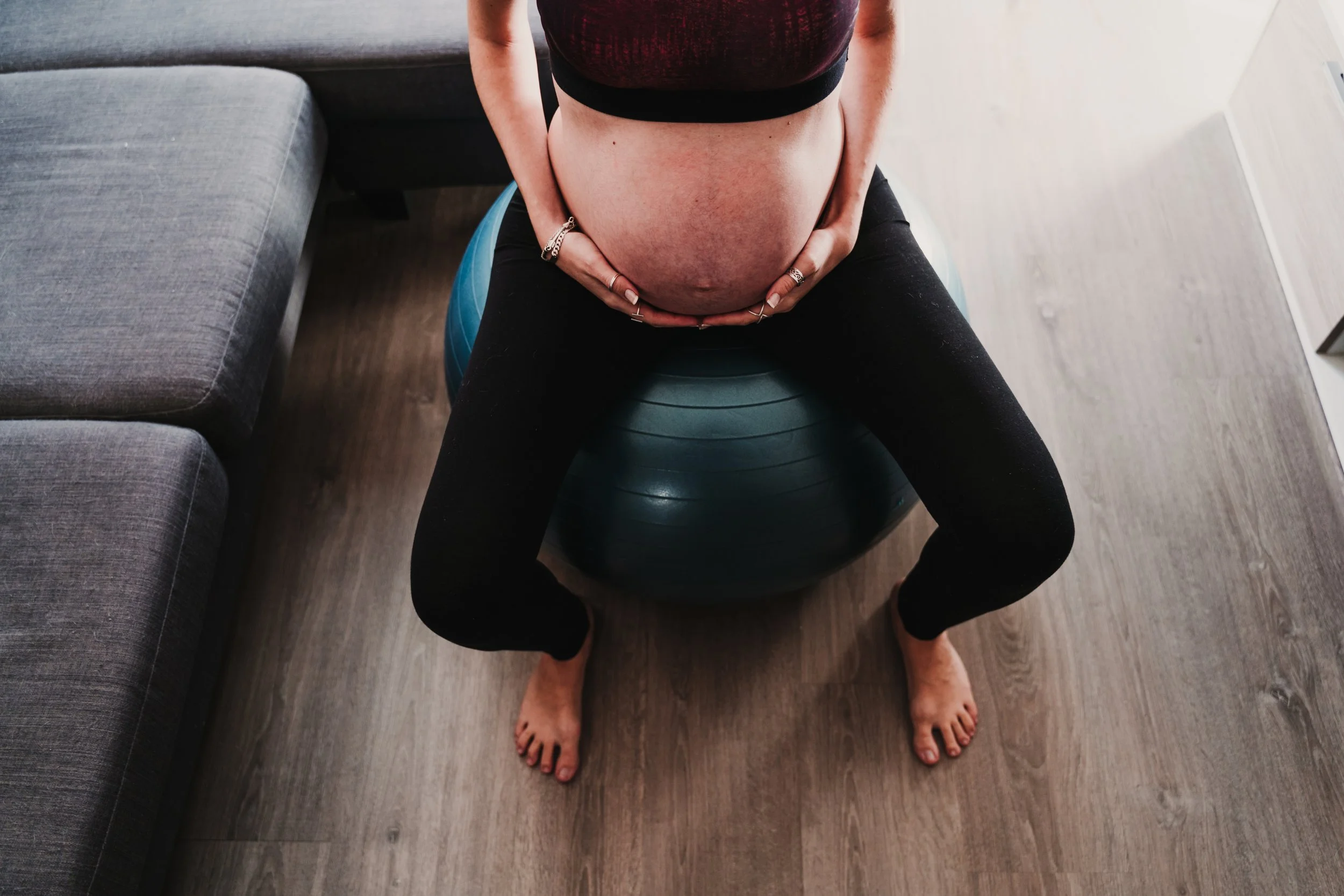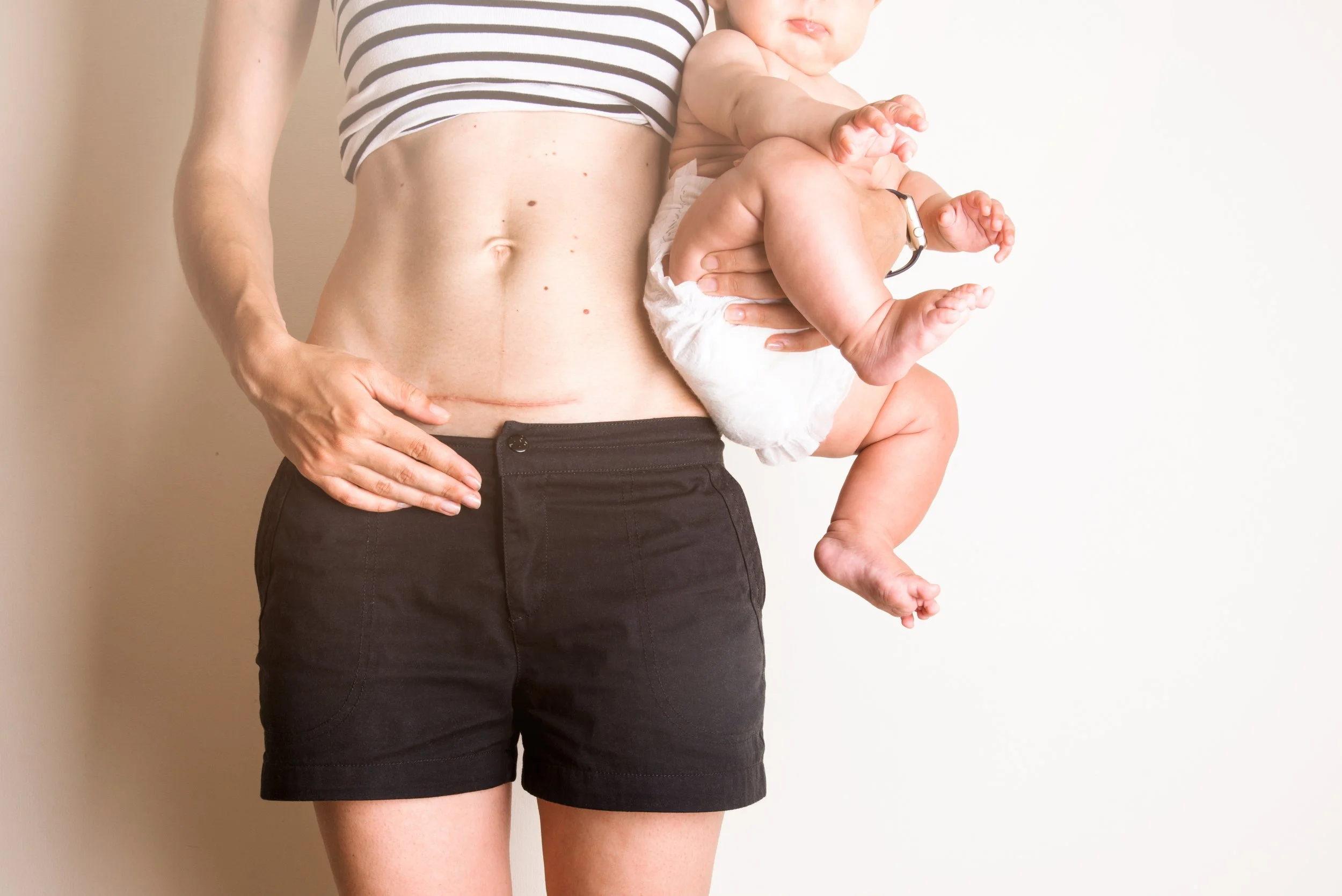To eat or not to eat your placenta?
"Hold up! You ate what?” I get this question a lot. It’s usually followed up with, “You mean the placenta that came out of your vagina?” Bingo, although it doesn’t always come out that way. When you tell someone you have encapsulated your placenta or you are considering encapsulating your placenta you will most likely get a lot of comments and if not, you will definitely get a lot of questions. People who don’t know much about placenta encapsulation are curious and might even be a little bit skeptical about how it all works. Don’t worry, I'm with you every step of the way.
Bouncing back
I have three kids and only encapsulated with my second child. Looking back I really wish I had done this the first time around but at the time my husband and I were just starting our family and didn’t know people did this. I mean, why would we even think to ask? It wasn’t until I started integrating myself into the parenting community and meeting new moms (and doulas) did I learn about placenta encapsulation. What blew my mind was, It wasn't just "crunchy" moms doing this. This was a choice all types of families were making and I was eager to learn more. Problem was there wasn't a lot of research out there supporting placenta consumption. Bummer. What I did find was tons of anecdotal information which lead me to want to encapsulate my placenta after having my second child.
The first time around wasn't easy for me. My daughter's birth was extremely traumatizing. My epidural wore off after a couple hours, forceps were used to deliver my baby, and my newborn was rushed to the level two nursery after she was born because she took in meconium during birth, which left me all alone in the labor room for a good hour and that was a very unsettling feeling. This wasn't the birth experience I imagined and looking back I realize this was just the beginning of my battle with postpartum depression. Of course, at the time I denied what I was going through because what did I have to be depressed about? I had this precious baby girl in my arms, my marriage was as strong as ever, I knew I was never going back to being an accountant at my ever so lame desk job, everyone in our family was healthy, my hair wasn't falling out (yet), and my pregnancy weight was melting off. I seriously couldn't figure out what the hell was going on so I sat in it. I sat in this funk for several weeks before getting professional help.
Six months later things started looking up again and my husband and I decided we were ready for baby number two. I spent my entire pregnancy figuring out ways to make this experience different from the first. I hired a doula who also offered placenta encapsulation), found a mid-wife who was open to me having a water birth, read all the books, watched all the documentaries, joined all the local mom groups, and immersed myself in all things birth.
When I got closer to my due date, I was scared. This birth I've been planning for was getting closer and closer and I wasn't sure how it was all going to unfold. Will it be like last time? WillI need the epidural? Will forceps be used? The fear was real but my doula was very reassuring and that made such a difference. Long story short, I experienced precipitous labor so I never had time to be afraid because the entire labor was only three short hours. When my placenta was born we made sure to put it on ice right away so we could get it put into pills as soon as possible. My doula was quick too. She had my pills ready to go before I even left the hospital.
I noticed a HUGE difference once I started taking my placenta pills. My milk came in the next day, my energy was back, and I only had one short week of postpartum bleeding which was ahhhmazing! Those were the obvious signs that convinced me there was something to placenta encapsulation. Overall my mood was more positive. Sure I struggled from time to time. These pills aren't magic and they definitely didn't take away every negative emotion because I still had strong feelings but when negative emotions tried to take over I didn't let it. I was able to feel what I needed to feel at the time and move on.
History of the Placenta
The placenta is a very fascinating organ. It is the only organ that is grown for a specific purpose and completely discards once its mission is compete. Throughout history the placenta has not only served as a physiological necessity during pregnancy but it has also served as a symbolic function for the baby right after he is born. In this day and age there is still so much to learn about the placenta and more specifically, in regards to placentophagy. Placenta healing has played an important role in the history of childbirth.
During medieval times the placenta was also called, “the bed of the child” because of how much comfort was involved. There was so much to learn about the placenta during that time and by the end of the 18th century the placenta became known as, “the other half of a newborn.” This intimate bond was so great Indonesians would call the Placenta the “brother” or “sister” of the baby and it would become its protector.
In most cultures the tree of life can be found in their history. The mighty trunk represents a symbol of power and peace while the changing of leaves represents a symbol of life. It’s no wonder the placenta is often referred to as the tree of life. When you look at the fetal side of the placenta you can clearly see the symbolic connection. In some cultures such as Indonesia the placenta is planted in a special pot and hung in a waringin tree. Since this tree is long-living the baby can benefit from it’s age over time. In Nigeria, small Ibo villages are surrounded with banana fields. Each banana planted represents the birth of a child and therefore every banana is named after the newborn baby. Throughout the years, the fruits were known to provide nurturing effects and healing for the children. When it comes to fertility, the fruits of an apple tree were considered sacred. If a woman approached a birth tree and ate one of the apples she was to become pregnant with a new baby. Some families would also bury the placenta under their home in order to benefit from its powers of fertility.
Charms were often used to provide special protection to the newborn. In some cases part of the dried placenta would be tied around the baby’s neck or secured to a golden necklace or bracelet. In some instances men would carry a dry piece of placenta in their pocket to bring about good luck.
As you can see throughout history, the placenta has provided so much love and protection for families of different cultures. Today, the placenta is still providing many of the same benefits and we are continuing to learn more about this special organ.
The encapsulation process
Towards the end of your pregnancy I will check in and make sure you have all the information you need and answer any questions or concerns you may have. You will be in control of your placenta the entire time it’s in the hospital until it’s taken home and encapsulated. That means your partner or family member will be responsible for bringing a cooler to the hospital and having it put on ice within 4 hours and taken home and refrigerated within 4 days. At your next appointment be sure to let your doctor know you are planning to keep your placenta after birth. It’s a good idea to let the hospital staff also know when you arrive.
The entire process is done right in the privacy of your own home! When you are ready for me to come to your house and start the process I will need approximately 2 hours for two consecutive days. I will need access to a stove, sink, running water, small area of counter space and an outlet in a secure location. These areas I just mentioned will be cleaned and sanitized by your placenta specialist.
In order to protect myself and your placenta I make sure to wear protective coverings including a mask, apron, gloves, and safety goggles. I also bring all of my equipment with me and take it all back when I leave each day plus leave your kitchen cleaner than when we found it.
On day one, your placenta will be cleaned and steamed in order to kill any bacteria. You shouldn’t notice any smells as we steam with lemon and ginger. After that I will thinly slice your placenta and place it in the dehydrator overnight. At any time during the process you are welcome to ask questions, take pictures and even touch your placenta.
On day two, we once again clean and sanitize our workspace and grind your placenta which will immediately be placed into capsules. Upon completion we will provide you with consumption guidelines and answer any questions you might have.
Questions to ask your placenta specialist
“THIS” placenta only gets encapsulated once so when you are planning to hire someone to encapsulate your precious organ it’s important to ask them questions so you understand their values and processing methods. Here are some important questions to help point you in the right direction.
What organization did you train under? You really want someone who is professionally trained to be handling your placenta and processing it for consumption. That’s a no brainer. When they do give you their training organization name, check it out to see if their values line up with what you’re looking for. Usually you will find their mission statement and values right on their home page. YouTube is not going to cut it and if that’s the answer, stop all questions and move on.
Are you blood-borne pathogen certified? This goes hand in hand with the first question and also extremely important to know. Although placenta encapsulation has not been evaluated by the Food and Drug Administration you want your placenta specialist to work like it is.
Do you process placentas in your client’s home? This is the big one. Unfortunately, there is no regulation or strict rules in this industry. Most states don’t even have regulations regarding the transport of your placenta out of the hospital so anyone can take off with it as long as the family gives consent and signs a waiver. When you allow your placenta to leave your possession you have no idea where it’s going, what it comes in contact with or how many other placentas are waiting in line to be processed. That’s a lot of unknown which is why it’s so important to never let your placenta leave your possession. When you have a placenta specialist come into your home you never have to wonder those things because you can watch everything they are doing (or not. Totally up to you).
How many capsules can you guarantee? It’s easy to spot a red flag here. If you are promised a certain number of capsules, stop all questions and continue on with your search. The number of pills you get is all dependent on the size of your placenta. Bigger baby means bigger placenta which means more pills. I will never be able to guarantee a number but I can provide you with a rough estimate. If you are guaranteed a certain number of pills, chances are your placenta is being processed with other herbs or chemicals. That’s no bueno.
If you are interested in placenta encapsulation and want to speak with a postpartum placenta specialist, visit Uptown Doula to schedule a FREE phone consultation. We would love to hear from you!
















